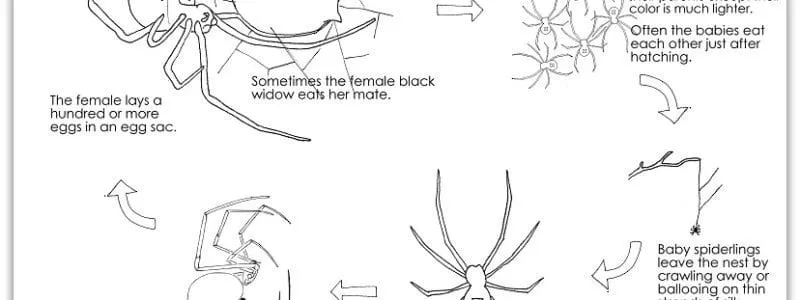Tarantula Life Cycle Top 5 Stages
The life cycle of a tarantula is a fascinating journey of growth, development, and transformation. From a tiny egg to a majestic adult, these arachnids undergo several stages, each with its unique characteristics and challenges. Understanding these stages is crucial for anyone interested in keeping tarantulas as pets or simply marveling at the wonders of nature. This comprehensive guide will explore the top 5 stages of a tarantula’s life cycle, providing insights into their behavior, needs, and the marvel of their existence. By understanding each stage, you can appreciate the intricacies of these incredible creatures and the beauty of their life cycle. The goal is to provide you with a deep understanding of the tarantula’s lifecycle.
Egg Stage Understanding the Start
The life of a tarantula begins with the egg stage, a crucial period where the foundation for future growth is laid. Female tarantulas, after mating, produce eggs that are carefully encased in a silk structure called an egg sac. The number of eggs within the sac can vary significantly depending on the species, ranging from a few dozen to several hundred or even thousands. The egg stage is a time of vulnerability, where the eggs are susceptible to various environmental factors. The mother tarantula often guards the egg sac, protecting it from predators and maintaining the ideal conditions for development. The duration of the egg stage can vary, typically lasting from a few weeks to a couple of months, depending on the species and environmental conditions such as temperature and humidity. Proper conditions are essential for the eggs to successfully hatch and begin the next stage of the life cycle. The egg stage is the start.
The Egg Sac Formation and Protection
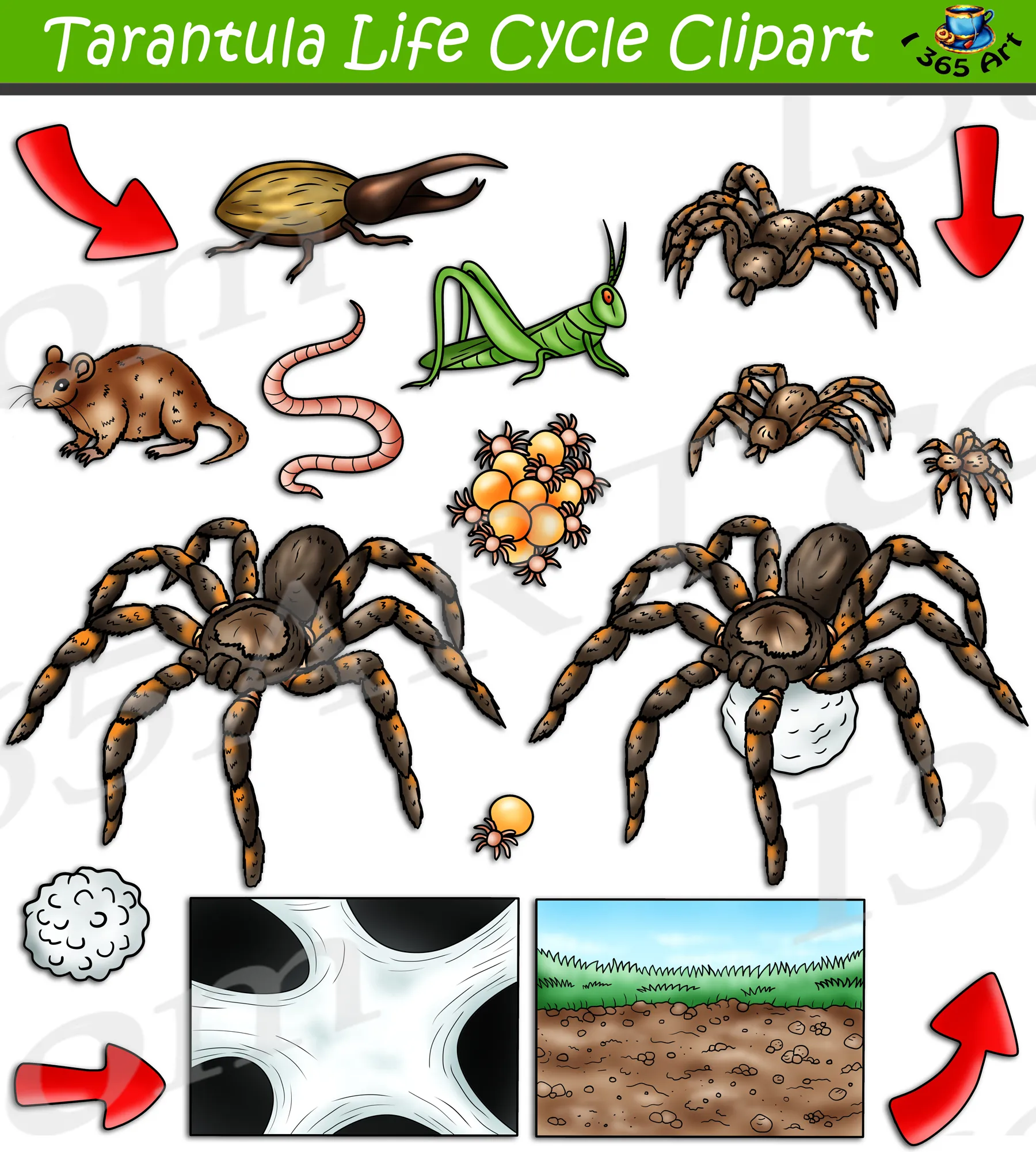
After mating, the female tarantula creates a protective egg sac. The egg sac is a marvel of nature, constructed from strong silk that the female spins. This sac serves as a cocoon, safeguarding the eggs from external threats and maintaining a stable microclimate. The mother tarantula diligently cares for the egg sac, often carrying it with her or guarding it closely within her burrow. This protection is crucial, as the eggs are delicate and require a specific environment to thrive. The egg sac is also designed to regulate humidity and temperature, essential for the developing embryos. The female will turn and aerate the sac to ensure even development of the eggs, demonstrating her dedication to the next generation. This careful and dedicated protection highlights the importance of the egg sac in the tarantula life cycle.
Spiderlings Emerging from the Egg Sac
Once the eggs within the sac have developed, the spiderlings emerge. These tiny, miniature versions of adult tarantulas are initially dependent on the yolk sac for nourishment. They remain within the protective confines of the egg sac for a brief period, continuing their development before venturing out into the world. The emergence of spiderlings is a remarkable moment, marking the beginning of their independent life. They are vulnerable at this stage, relying on their instincts and the environment to survive. The initial days are critical for their survival as they adapt to their surroundings and begin to hunt. This marks the beginning of the spiderling stage, a time of rapid growth and development. This emergence signals the transition from the protected environment of the egg sac to the challenges of the outside world.
Spiderling Stage Tiny Tarantulas
The spiderling stage marks the beginning of an independent life for the newly hatched tarantulas. During this period, the spiderlings are incredibly small and vulnerable. They begin to explore their surroundings, seeking food and shelter. Their primary focus is on feeding and growing. At this stage, they consume small insects and other invertebrates, fueling their rapid development. Spiderlings will go through several molts during this phase. They shed their exoskeleton to grow larger. Providing the proper food and environmental conditions during the spiderling stage is crucial for their healthy development and survival. It sets the foundation for their journey toward becoming fully grown adults. The spiderling stage is a time of rapid growth and the development of essential survival skills.
Early Development and Growth
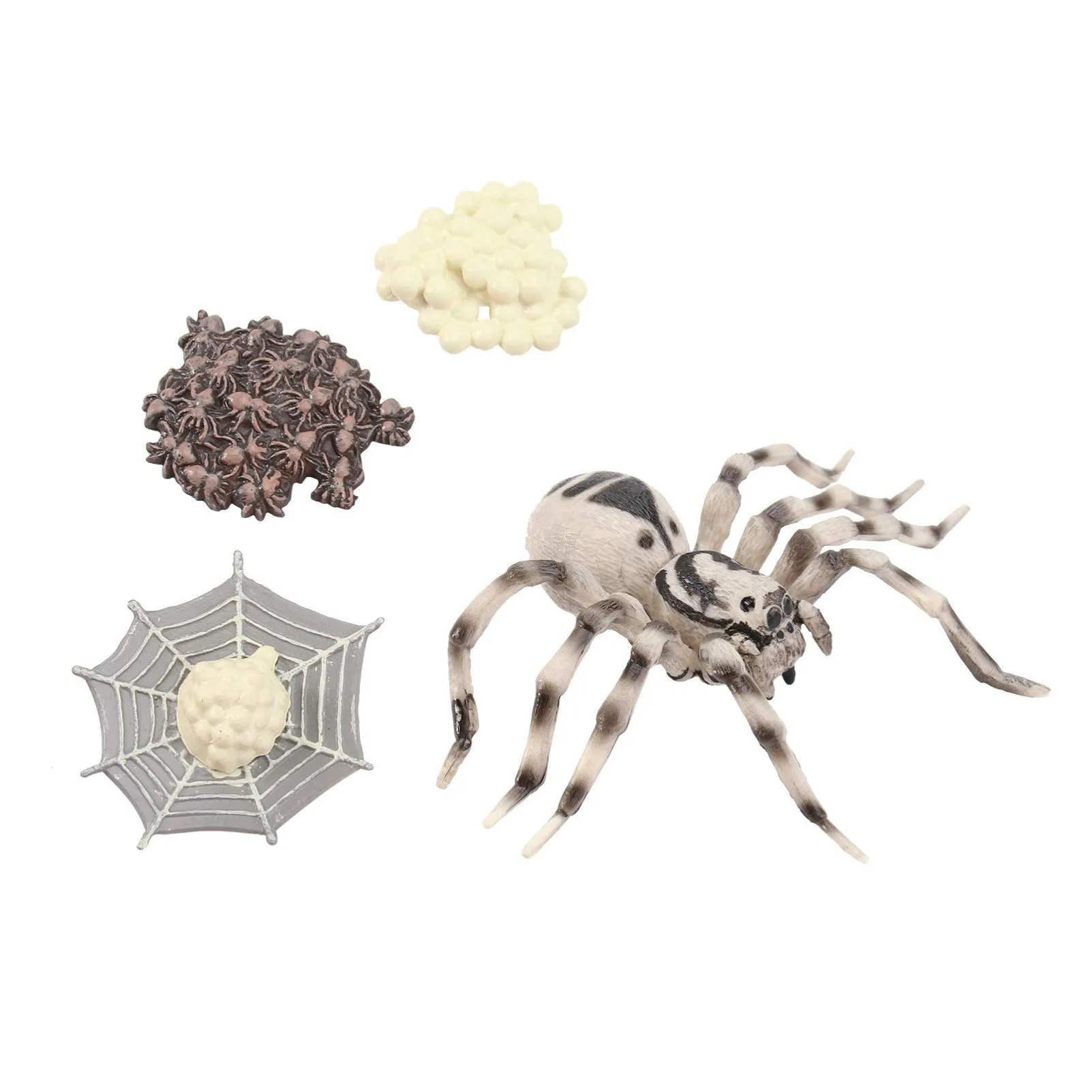
During the spiderling stage, tarantulas experience rapid growth and development. They shed their exoskeletons, a process known as molting, to accommodate their growing bodies. The frequency of molting depends on the spiderling’s age, growth rate, and environmental conditions. Spiderlings require a balanced diet of small insects to fuel their growth. They also need a suitable environment, including appropriate humidity and temperature, to thrive. Observing a spiderling is truly remarkable, watching it transform from a tiny creature to a miniature version of an adult tarantula. As they grow, spiderlings develop their hunting skills. It’s important to create an environment conducive to molting, which includes proper hydration and a stress-free environment. These early stages are the most vulnerable in a tarantula’s life.
Molting Process Explained
Molting is a critical process for tarantulas, allowing them to grow and replace their old exoskeletons. Before molting, the spiderling will usually become less active, and its color may appear duller. They create a safe space, often by sealing themselves in their burrow or hiding spot. During molting, the tarantula sheds its old exoskeleton, revealing a new, larger one underneath. This process can take several hours, and the spiderling is extremely vulnerable during this time. Once molting is complete, the tarantula’s new exoskeleton is soft and pliable, gradually hardening over the next few days. It is important not to disturb the tarantula during molting, or shortly after. Provide a safe, secure environment, and avoid handling the spiderling until its exoskeleton has fully hardened. Molting is a sign of healthy growth and development, a true marvel of nature.
Juvenile Stage Growing Up
As tarantulas mature, they enter the juvenile stage. During this phase, they continue to molt, though less frequently than in the spiderling stage. They become more adept hunters, consuming larger prey and developing more complex behaviors. Their colors and patterns become more defined, showcasing the unique characteristics of their species. The juvenile stage is a period of steady growth, with tarantulas gradually increasing in size and strength. At this stage, tarantulas begin to establish territories and develop social behaviors. Juveniles require a more varied diet, including larger insects and occasional treats. This stage is an important period of development where tarantulas learn crucial survival skills. They will get more confident and active during this stage.
Diet and Feeding Habits
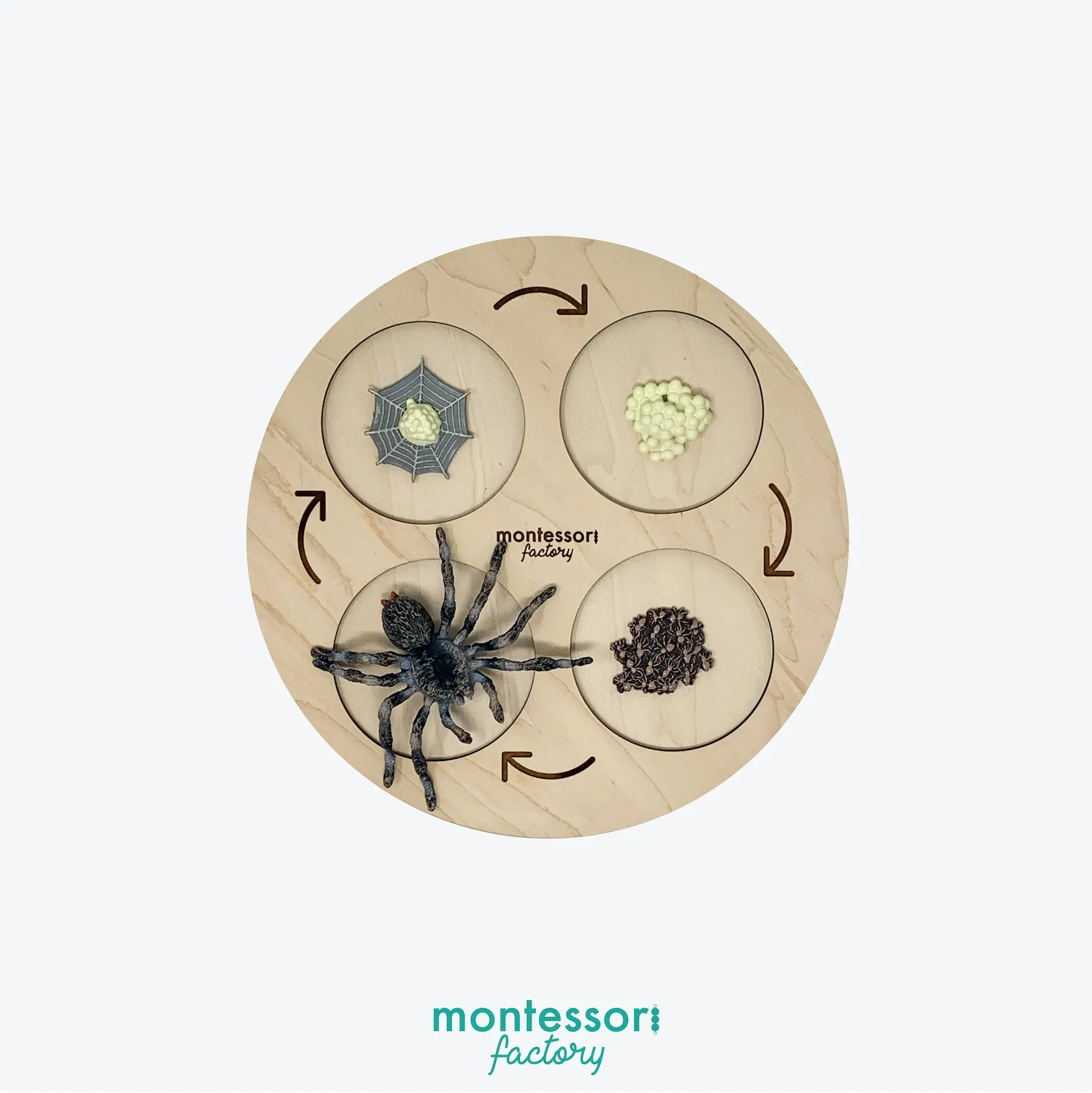
The diet of a juvenile tarantula expands to accommodate its growing size and energy needs. They typically feed on a variety of insects, such as crickets, mealworms, and roaches. The frequency of feeding depends on the species, size, and growth rate of the tarantula. Juveniles have a strong hunting instinct and will readily seize any appropriate-sized prey. They ambush their prey, injecting venom to paralyze it before consuming it. Ensure the prey is properly sized, as juveniles can be overwhelmed by insects that are too large. It’s important to offer a diverse diet to provide the necessary nutrients for healthy growth. The juvenile stage diet can impact the growth of the tarantula. They will grow more as long as they get fed. The juvenile tarantulas will become more active hunters.
Habitat and Environment
The juvenile tarantula requires a suitable habitat to thrive. This involves a terrarium or enclosure with appropriate dimensions, ventilation, and substrate. The enclosure should provide a comfortable environment, mimicking their natural habitat as closely as possible. The substrate should retain moisture and allow the tarantula to burrow if it prefers. The temperature and humidity levels should be carefully monitored and maintained to create a healthy environment. Providing hiding places, such as cork bark or artificial plants, allows the tarantula to feel secure and reduces stress. Regular cleaning and maintenance of the enclosure are essential to prevent the build-up of waste and maintain a healthy environment. A proper environment for a juvenile tarantula is important for its health and development. Provide them with what they need.
Subadult Stage Approaching Maturity
The subadult stage represents a critical transition as tarantulas approach maturity. During this period, the tarantula undergoes significant physiological changes, preparing for reproduction. The frequency of molting decreases, and the tarantula’s growth rate slows down. The key changes are in preparation for mating. In male tarantulas, the pedipalps develop into the mating organs, called ‘bulbs’. The coloration of the tarantula becomes more pronounced. Understanding the subadult stage is critical for pet owners. It’s the time when their tarantula’s behavior changes in preparation for mating. The subadult stage is a time of change.
Identifying Gender

One of the most crucial aspects of the subadult stage is identifying the tarantula’s gender. This knowledge is essential for breeding purposes or simply to understand the tarantula’s future behavior and lifespan. Male tarantulas develop hooks on their front legs, which they use to secure the female’s fangs during mating. They also develop the bulbs on their pedipalps. Female tarantulas have a spermatheca, a structure used to store sperm. The most accurate way to determine the gender is by examining the molt, as it reveals the presence or absence of these structures. As a pet owner, you can learn how to identify these features. This helps you understand your tarantula and plan for the future. Properly identifying gender provides valuable insight into the tarantula’s life.
Preparing for Molting
As the tarantula approaches the subadult stage, it prepares for its final molts. Before molting, tarantulas often exhibit behavioral changes, such as decreased appetite and increased lethargy. They create a secure space for molting, usually within their burrow or a secluded area. The molting process requires significant energy, so it’s essential to provide a stress-free environment. Proper hydration and a stable temperature are crucial for a successful molt. After molting, the tarantula will be vulnerable. Avoid handling the tarantula until its new exoskeleton has fully hardened. The subadult stage is a period of preparation for the ultimate transition into adulthood.
Adult Stage The Final Phase
The adult stage is the final phase in a tarantula’s life cycle. This stage is characterized by maturity, reproductive capabilities, and the full development of their unique characteristics. Male tarantulas typically reach adulthood sooner than females, and their primary focus shifts toward reproduction. Females continue to grow and can live for many years, producing multiple egg sacs throughout their lives. The adult stage is the peak of the tarantula’s life, where their full potential is realized. Adult tarantulas exhibit the full range of behaviors, from courtship rituals to hunting. The final phase is important to understand.
Mating and Reproduction
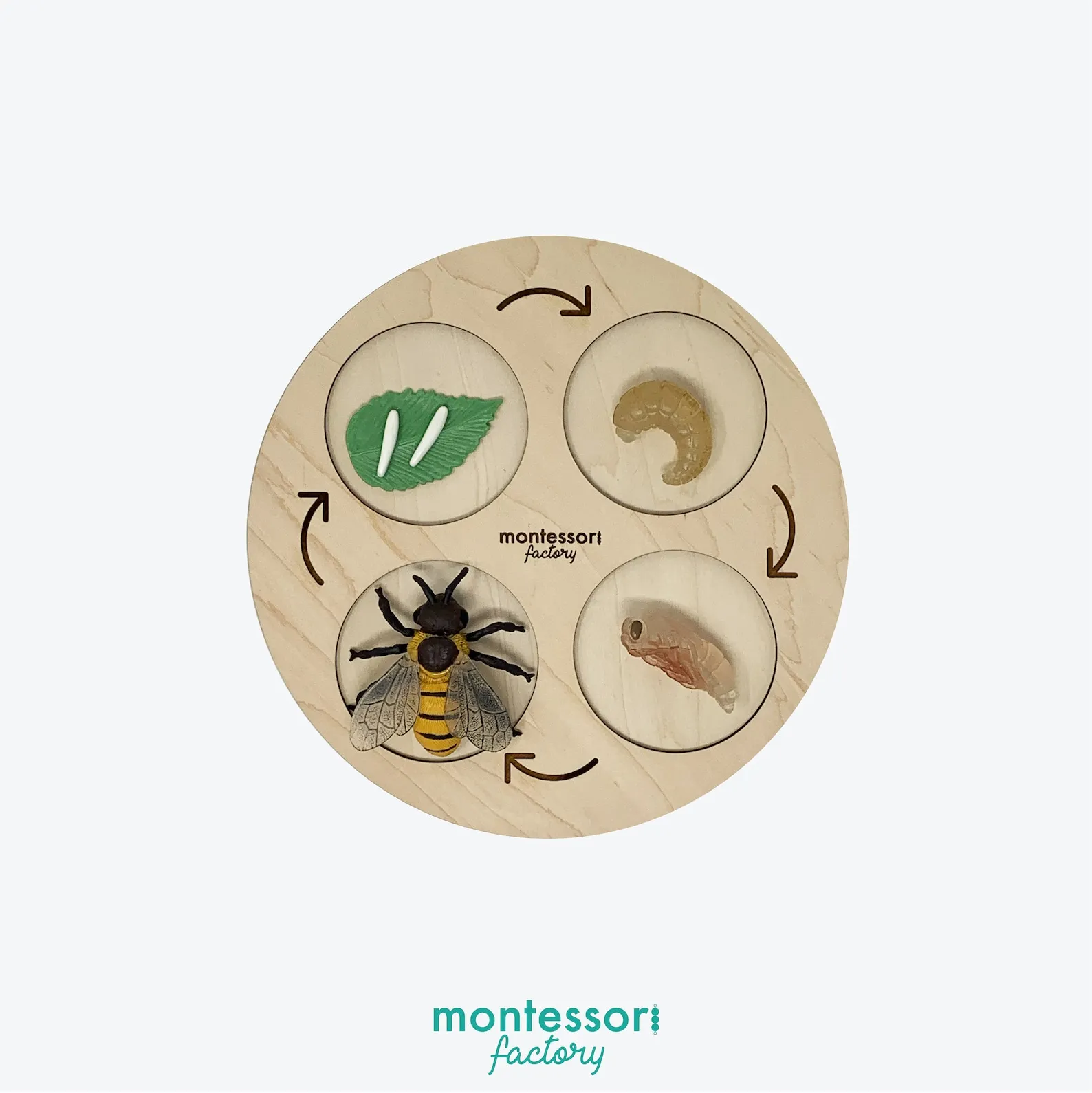
Mating and reproduction are central to the adult stage. Male tarantulas, after reaching maturity, search for a female. The male will create a sperm web, depositing his sperm before transferring it to the female. Courtship rituals vary among species, but typically involve a combination of visual and tactile signals. If the female accepts the male, mating occurs. The female then uses the sperm to fertilize her eggs, which are encased in an egg sac. After mating, the male’s life is often short. The female tarantula can lay several egg sacs throughout her life. The process of mating is amazing.
Lifespan and Care
The lifespan of a tarantula varies greatly depending on the species, with females generally living much longer than males. Some species can live for over 20 years. Proper care is essential to maximize a tarantula’s lifespan. This includes providing a suitable habitat with appropriate temperature, humidity, and substrate. A varied diet of appropriately sized insects is crucial for their health. Regular maintenance, including cleaning the enclosure and removing waste, is also essential. Handling should be kept to a minimum, as tarantulas are sensitive to stress. Providing a comfortable, safe environment can allow the tarantula to thrive. When you understand the tarantula’s life cycle, it helps you care for them. A well-cared-for tarantula will live a long life.
